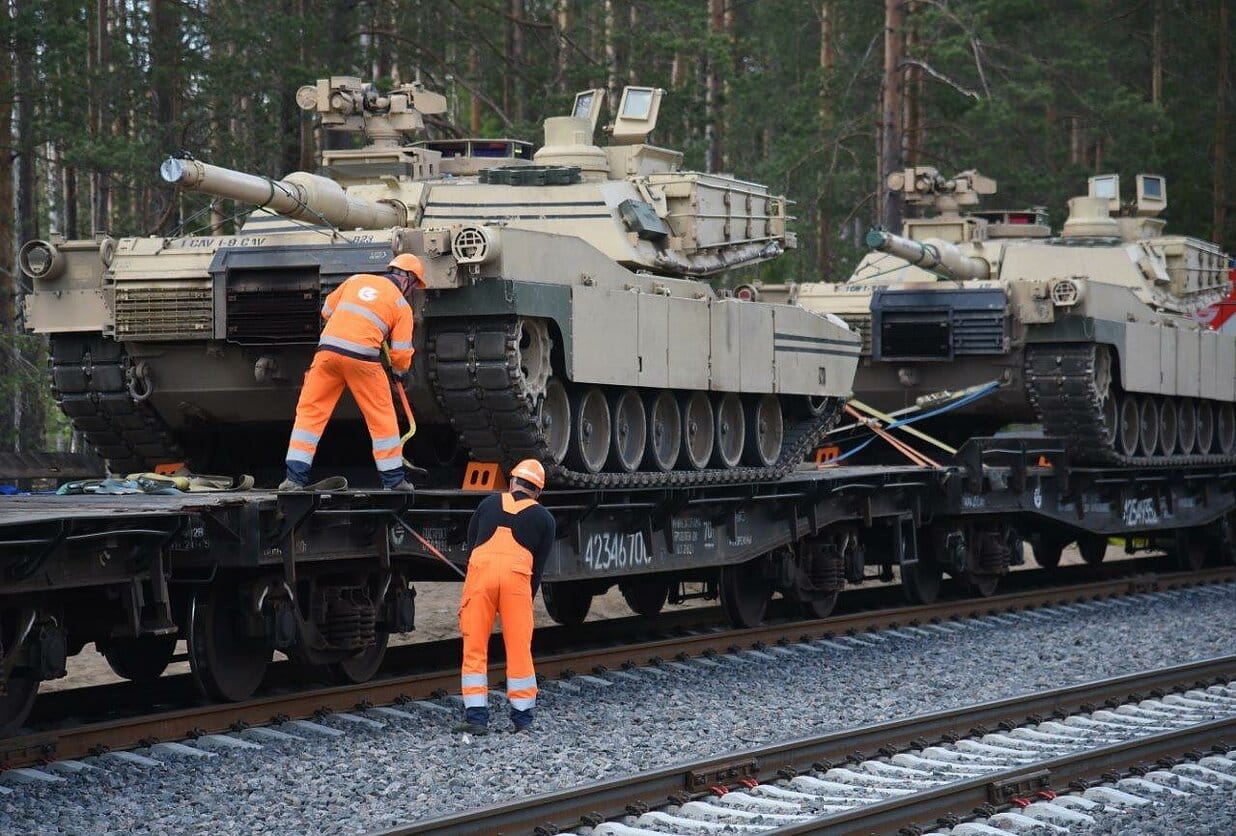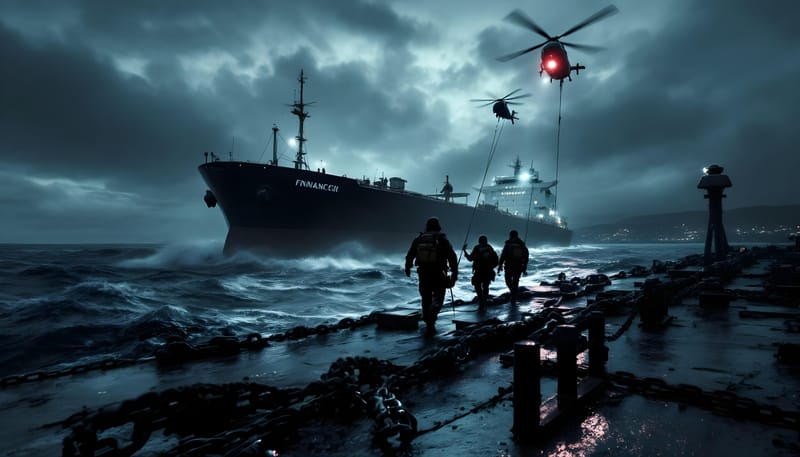Bridging Gaps: NATO's Railway Dilemma in the Baltic Region
In the shadow of an ever-looming threat from the East, the Baltic nations—Estonia, Latvia, and Lithuania—find themselves at the forefront of a logistical conundrum that could determine the outcome of potential conflicts in the region. The strategic importance of logistics in military operations is a timeless truth, emphasized
In the shadow of an ever-looming threat from the East, the Baltic nations—Estonia, Latvia, and Lithuania—find themselves at the forefront of a logistical conundrum that could determine the outcome of potential conflicts in the region. The strategic importance of logistics in military operations is a timeless truth, emphasized by the likes of Dwight D. Eisenhower, which remains relevant today as NATO faces challenges in ensuring rapid and efficient troop deployment along its eastern flank.
The geopolitical landscape of northeastern Europe, characterized by the vast and flat East European Plain, underscores the significance of rail transport in the area. This terrain, devoid of significant natural barriers, makes railways critical for military logistics, a fact that has shaped the history of the region and its conflicts. Historically, the area has been a battleground for empires, and the railways have played a pivotal role in these confrontations, from the tsarist efforts to quell rebellions to the Soviet Union's military operations.
In contemporary times, Russia's strategic emphasis on railway capabilities, highlighted by the unique role of its Railway Troops, contrasts starkly with the logistical challenges faced by NATO in the Baltic states. The Russian military's ability to rapidly mobilize and deploy forces using rail is a testament to the strategic value they place on this mode of transportation. This capability, combined with the deployment of forces in exercises such as Zapad, showcases Russia's preparedness for rapid military action.
Conversely, NATO's capacity for swift troop and equipment movement in the Baltic region is hampered by infrastructural and compatibility issues. The existence of different railway gauges across the region necessitates cumbersome equipment transfers and slows down the deployment process, undermining the alliance's ability to respond swiftly to threats. The Baltic states' rail infrastructure, lagging behind their European counterparts, further exacerbates this issue. However, projects like Rail Baltica aim to bridge this gap by connecting the Baltic capitals with a European-gauge track, promising a more unified and efficient logistics network.
The strategic vulnerabilities of the Baltic region are not limited to infrastructure alone. The potential for conflict in areas such as Kaliningrad, and the use of railways for irregular military activities, poses a direct challenge to regional stability. The historical use of rail for deploying "little green men" and the potential for sabotage highlight the dual-use nature of rail transport as both a civilian and military asset, susceptible to exploitation for geopolitical ends.
Moreover, the influence of corruption within the Baltic rail sector illustrates another dimension of vulnerability. The intertwining of political and economic interests, especially with Russian involvement, underscores the complex web of challenges facing NATO's eastern flank. The case of the former CEO of Latvian Railways caught in a dramatic corruption scandal serves as a stark reminder of the intricate challenges that lie beyond mere physical infrastructure.
As NATO grapples with these multifaceted challenges, the concept of a "military Schengen zone" has emerged as a potential solution, advocating for improved interoperability and freedom of movement for military forces across Europe. The European Commission's action plan for military mobility represents a step forward, aiming to address regulatory hurdles and enhance the dual-use capabilities of civilian infrastructure for military purposes. Yet, the ultimate success of these initiatives hinges on the willingness and cooperation of individual member states, especially those in Central and Eastern Europe.
Addressing the logistical challenges in the Baltic states is crucial not only for bolstering NATO's deterrence capabilities but also for ensuring a rapid and effective response to potential threats. The strategic importance of railways, both as a historical and contemporary military asset, cannot be overstated. As the alliance looks to the future, enhancing rail transport and infrastructure in the Baltic region remains a key priority in safeguarding the security of NATO's eastern flank. The dialogue initiated by military and policy analysts like Adam Maisel and Laurynas Keturakis is a vital step toward understanding and overcoming these challenges, underscoring the importance of bridging gaps in defense strategy and logistics to ensure peace and stability in northeastern Europe.





